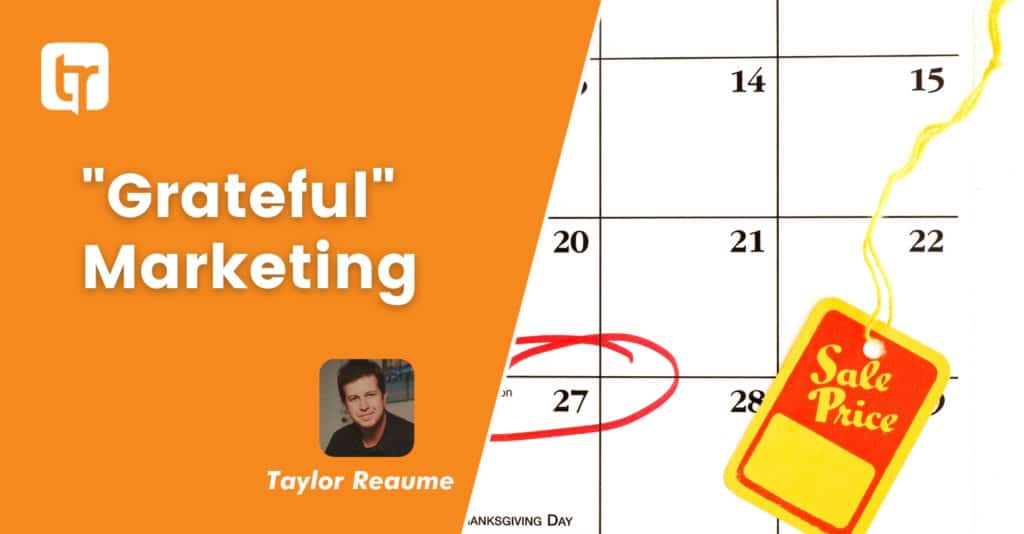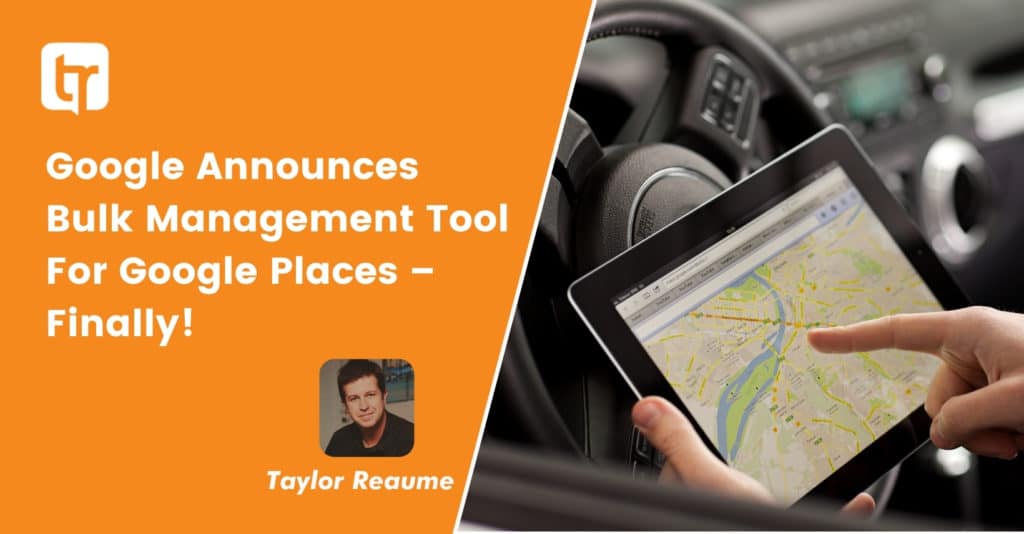Test With Confidence Using Campaign Drafts And Experiments
Have you ever wanted to make changes to your AdWords campaigns, but wanted to understand whether those changes will help you reach your business goals? Over the next few weeks, we’re rolling out campaign drafts and experiments to help you test changes to your campaigns, easily measure results, and apply the changes that are working well for your business.
Use drafts to stage your changes
Drafts let you prepare and review multiple changes to an existing campaign before implementing them. For example, let’s say you want to increase mobile bids for ad groups with strong mobile conversion rates. You can create a draft of your campaign and set different mobile bid adjustments for those ad groups — without impacting your campaign. If you’re happy with the changes in your draft, you can apply them directly to your original campaign.
But how do you know if those mobile bid adjustments will help you reach your business goals?
Run an experiment
Experiments let you test changes to your campaigns in a controlled environment. Let’s say you want to see how your new mobile bid adjustments perform compared to your original settings. First, create a draft with your new mobile bid adjustments. Then, create an experiment from that draft to test those changes against your current bidding strategy. You decide how much traffic (and budget) to split between your experiment and the original campaign, and how long you’d like the experiment to run.
Measure your results
An essential part of running a successful experiment is understanding how your changes are impacting your business goals. For example, measuring the uplift in conversions can help you understand whether your new mobile bid adjustments are resulting in a better return on investment.
With campaign drafts and experiments, you can monitor results in two convenient ways to understand whether your experiment is driving the desired outcome:
- Compare performance with the reporting scorecard. The performance scorecard has icons that highlight whether the experiment’s metrics are higher or lower than the original campaign, and whether or not the differences are statistically significant.
- Evaluate ad group level performance for deeper insights. Sometimes individual ad groups are responsible for significant shifts in overall campaign performance. Monitor ad group-level metrics to understand how each ad group is impacting your campaign.
If you’re happy with the results of your experiment, you can quickly apply the changes from your experiment to your original campaign, or convert your experiment into a brand new campaign.
Testing with success
Customers like Red Ventures and The Honest Company are using campaign drafts and experiments to test and apply new campaign strategies at scale.
“Campaign drafts and experiments have revolutionized testing for our Fortune 500 clients. The tool streamlines the test creation, analysis, and implementation process. We can now launch more powerful tests in a fraction of the time that it took to manually duplicate campaigns and ad groups. The new scorecard allows you to confidently measure the impact of your tests and implement them in a single click if they’re successful.” – Jeremy Mayes, Vice President of Marketing, Red Ventures
“We have multiple conversion types with varying levels of customer lifetime value. Campaign drafts and experiments let us test new bidding strategies with a quarter of our campaign traffic, and the reporting scorecard let us easily measure the impact on the different types of conversion values. In the past, a test like this would require massive changes to the account. The new streamlined process lets us quickly test new bidding strategies until we find the one that best fits our complex business model.” – Josh Franklin, Search Account Manager, The Honest Company
Source: Official Google Webmasters Blog















